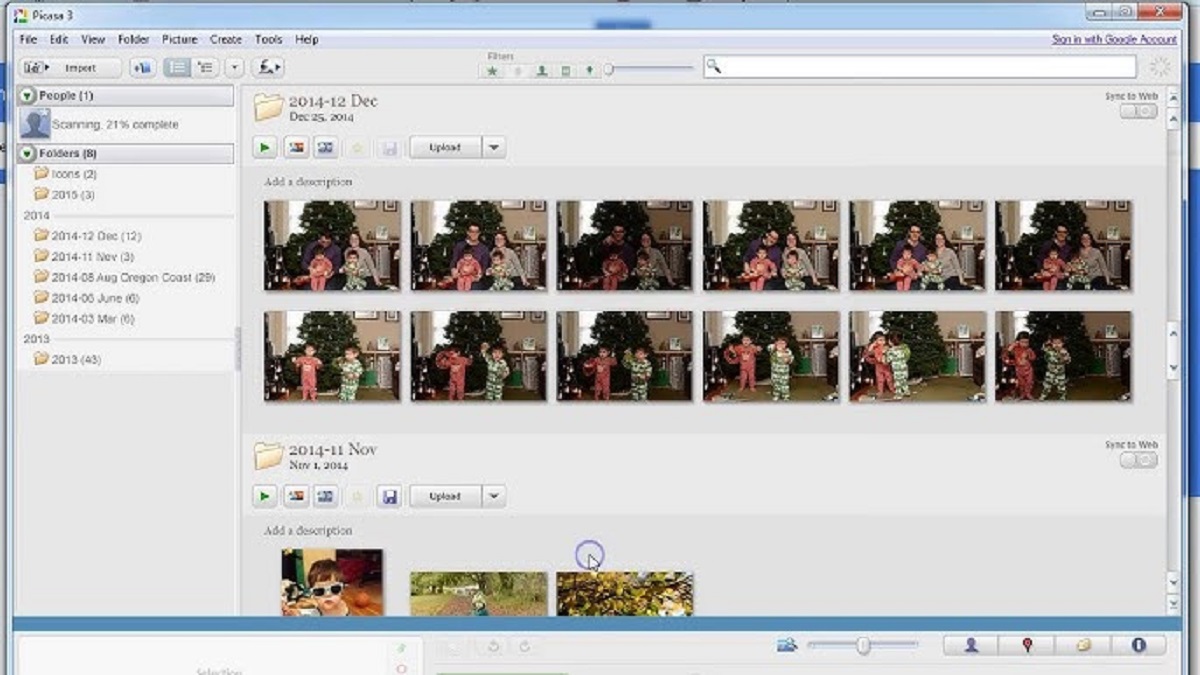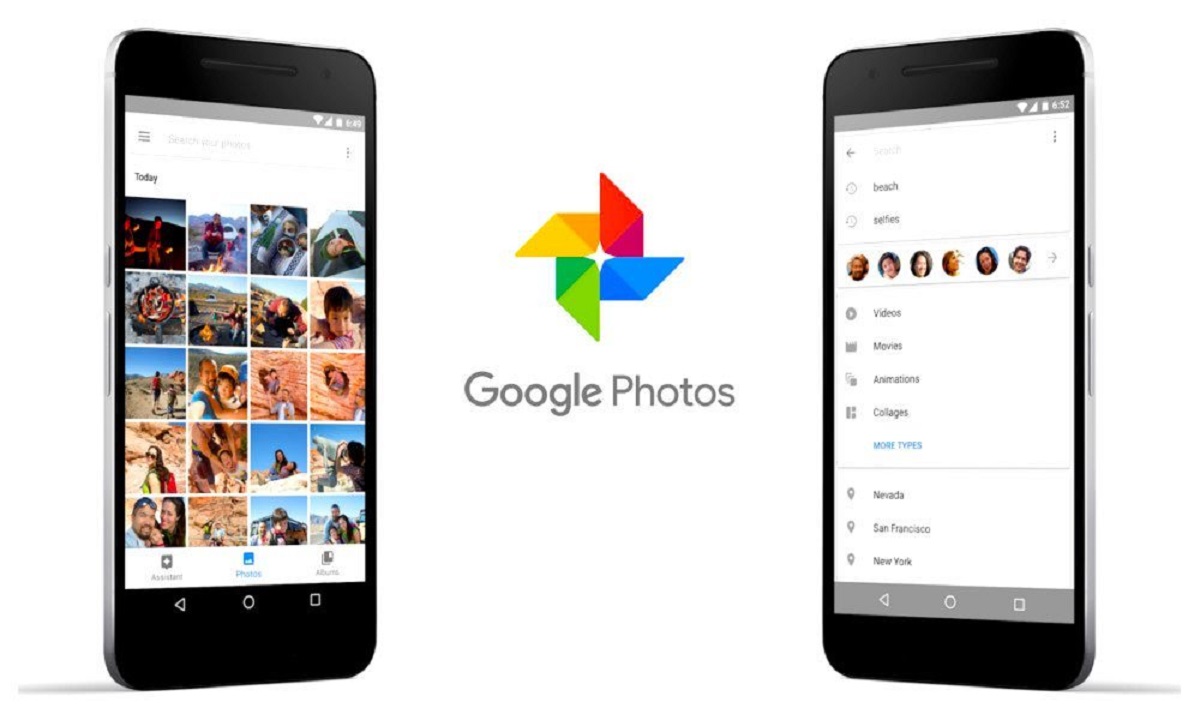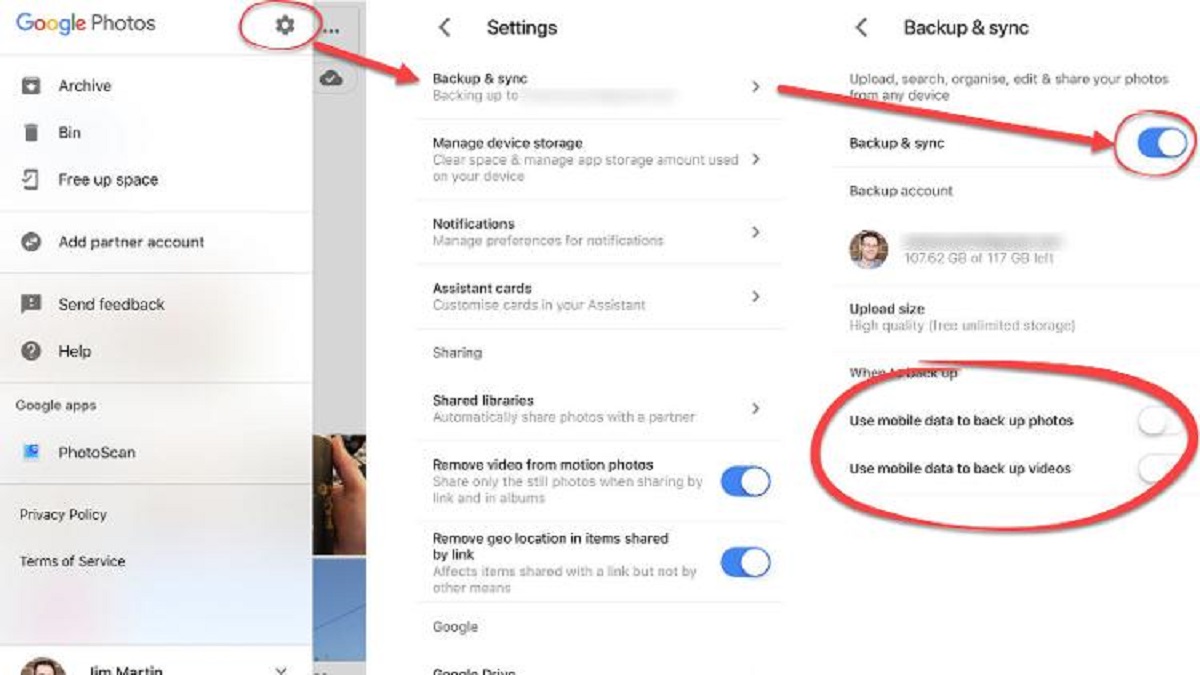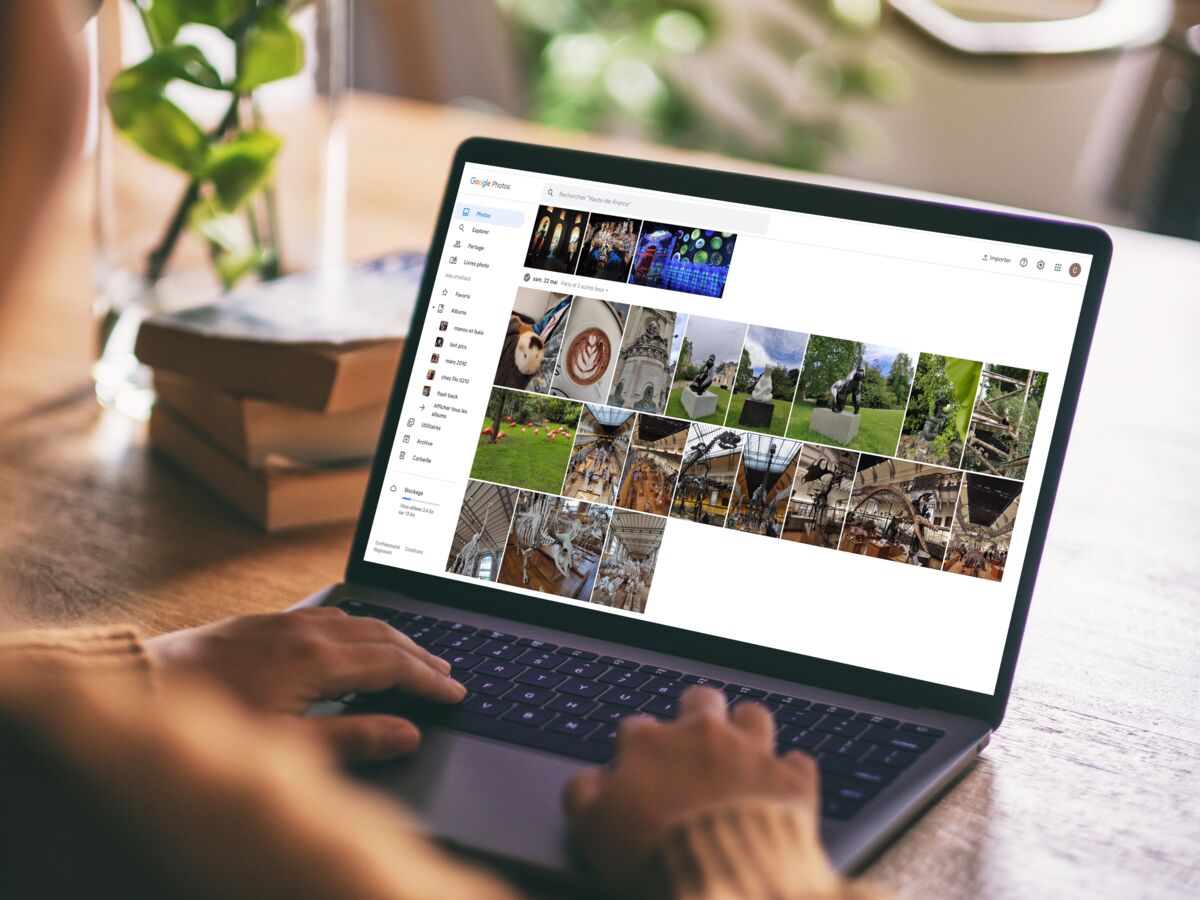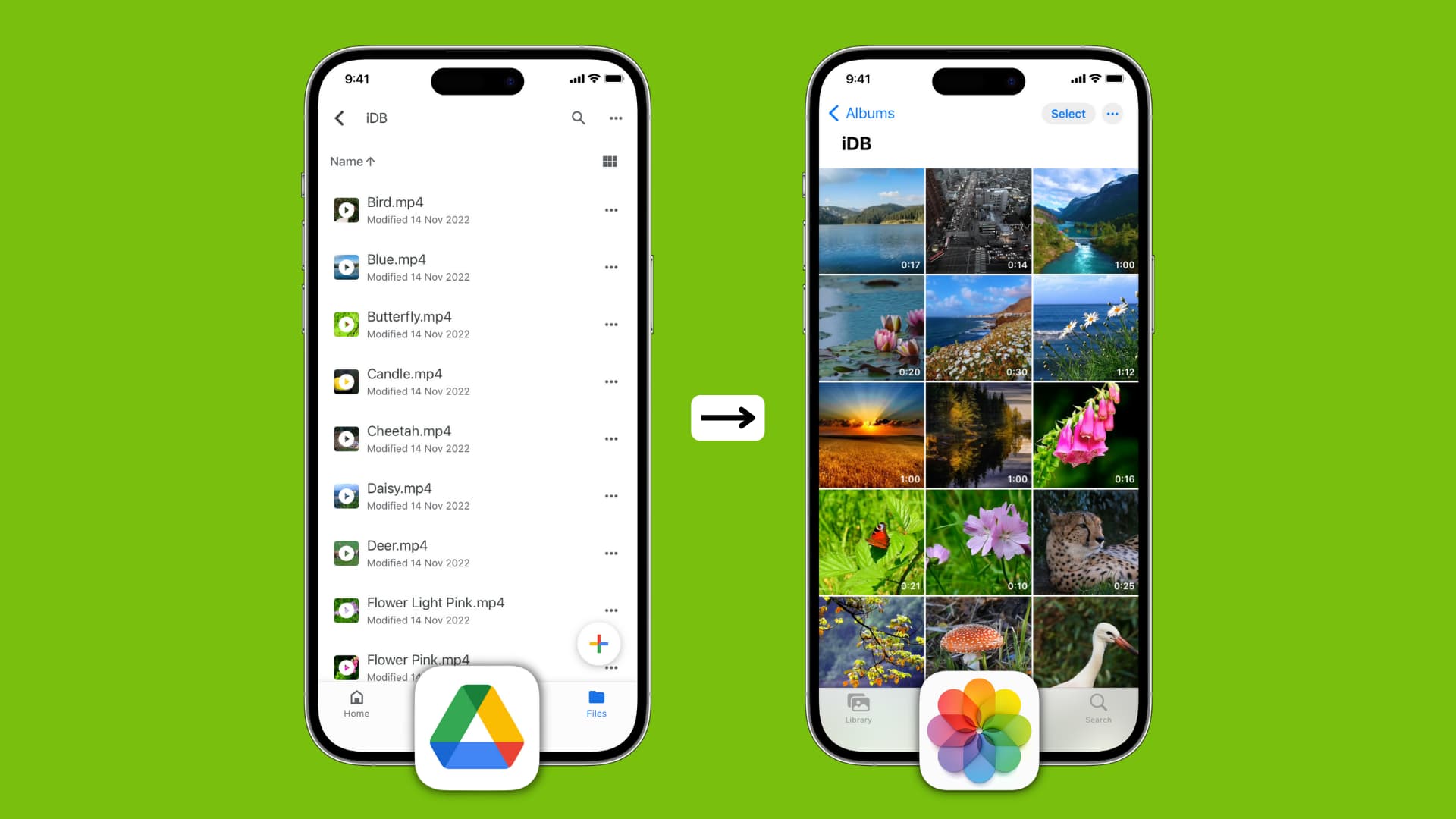Introduction
Google Photos is one of the most popular cloud storage solutions for storing, organizing, and backing up photos and videos. It offers users the convenience of accessing their media files from any device with an internet connection. However, at times, users may experience delays in the backup process, wondering why it is taking so long. In this article, we will explore some possible reasons behind the slow backup of photos and videos in Google Photos.
Google Photos provides a seamless way to back up your precious memories, ensuring they are safe and accessible. The backup process involves transferring your media files from your device to Google’s servers. While the majority of users have a smooth experience with Google Photos backup, there may be instances where delays occur, causing frustration and confusion.
To better understand why Google Photos is taking longer than expected to back up your photos and videos, it’s essential to consider various factors. These factors can range from network issues and device compatibility to storage space limitations and even server-related problems on Google’s end. By identifying the underlying causes, you can take appropriate measures to speed up the backup process and ensure that your memories are securely stored in the cloud.
Understanding the Backup Process
Before delving into the reasons behind the slow backup of photos and videos in Google Photos, it’s important to understand how the backup process works. When you enable backup in the Google Photos app, it starts uploading your media files to Google’s servers, where they are securely stored in your Google account.
Your photos and videos are automatically backed up when your device is connected to the internet, either through Wi-Fi or a cellular network, depending on your settings. Google Photos intelligently syncs your files in the background, ensuring that any new media captured or existing files are uploaded to the cloud.
During the backup process, Google Photos analyzes your media files to organize them by date, location, and even content. This allows you to easily search and retrieve your photos and videos based on specific criteria, such as people or objects present in the image.
It’s worth noting that Google Photos uses a compression algorithm to reduce file size without significantly compromising the quality of your photos. This helps optimize storage space and accelerate the upload process. However, if you’ve selected the “Original Quality” option in your backup settings, the files will be uploaded in their original, uncompressed format, which may take longer.
While Google Photos typically works seamlessly in the background, occasionally, you may encounter delays or issues that hinder the backup process. These delays can be attributed to various factors, some of which we will explore in the following sections.
Insufficient Network Connection
One of the primary reasons for slow backup of photos and videos in Google Photos is an insufficient network connection. Uploading large media files requires a stable and strong internet connection, whether it’s Wi-Fi or cellular data.
If you’re experiencing slow backup, it’s worth checking your network connection. Ensure that you’re connected to a reliable and high-speed internet network. If you’re using Wi-Fi, check the signal strength and consider moving closer to the router or accessing a different network with better coverage.
Another factor to consider is network congestion. During peak hours or in areas with heavy internet usage, the network may become congested, resulting in slower upload speeds. In such cases, it’s advisable to schedule your backup during off-peak hours when the network is less congested.
Additionally, if you’re using cellular data for backup, it’s important to have a stable and fast cellular connection. Check your signal strength and ensure that you have adequate network coverage. Keep in mind that cellular data usage may incur additional charges, so monitor your data plan to avoid exceeding your limits.
In some cases, your device may prioritize conserving data by limiting background data usage. This can affect the speed of your backup in Google Photos. To address this, you can adjust your device settings to allow Google Photos to use background data without restrictions. This will ensure that the backup process is not interrupted or slowed down due to data limitations.
In summary, a slow backup process in Google Photos may be due to an insufficient network connection. Check your Wi-Fi signal strength, consider network congestion during peak hours, and ensure a stable cellular connection if using mobile data. Adjusting device settings to allow background data usage can also help speed up the backup process.
Large Number of Photos and Videos
Another reason for the slow backup of photos and videos in Google Photos is the sheer quantity of media files you’re trying to upload. If you have a large collection of photos and videos, it can significantly impact the backup process, causing delays.
Uploading a substantial amount of data takes time, even with a fast internet connection. Google Photos needs to process each file and upload it to their servers, which can be time-consuming, especially if you’re working with thousands of photos and lengthy videos.
If you’re experiencing slow backup due to a large number of media files, there are a few steps you can take to expedite the process:
- Break it down: Instead of trying to upload your entire collection in one go, consider breaking it down into smaller batches. Select specific albums or folders to upload first, and gradually add more as each batch completes. This approach allows for a more manageable upload process.
- Priority uploads: Prioritize the photos and videos that are most important to you or hold sentimental value. Start with the most recent or meaningful ones and then proceed to the rest of your collection.
- Use a computer: Uploading through the Google Photos website on a computer can be faster than using the mobile app. A computer typically has a more stable and faster internet connection, allowing for quicker uploads.
- Consider a wired connection: If you’re using a computer for uploading, connecting via an Ethernet cable instead of relying solely on Wi-Fi can provide a more stable and faster upload speed.
By employing these strategies, you can optimize the backup process for a large number of photos and videos in Google Photos. Remember, patience is crucial, especially when dealing with significant amounts of data. It may take some time to complete the backup, but once it’s done, you’ll have peace of mind knowing that all your valuable memories are securely stored in the cloud.
Low Storage Space
One factor that can contribute to the slow backup of photos and videos in Google Photos is low storage space on your device. When your device is running low on storage, it can hinder the backup process and cause delays.
When you enable backup in Google Photos, it needs to create a copy of your media files before uploading them to the cloud. If there isn’t enough storage space available, it can impede the creation of these copies, leading to backup slowdowns.
To address this issue, there are a few steps you can take:
- Free up space: Delete unnecessary or duplicate photos and videos from your device to free up storage space. Consider using Google Photos’ built-in features, such as the “Free Up Space” option, which automatically removes backed-up photos from your device to create more room.
- Move files to external storage: If your device supports external storage, such as an SD card, consider moving your photo and video files to the external storage to free up space on your device’s internal storage. This can help alleviate the storage pressure and improve the backup process.
- Clear app cache: Over time, apps like Google Photos accumulate temporary files and cache data, which can consume valuable storage space. Clearing the app cache can free up space and potentially speed up the backup process. You can do this in your device’s settings under the “Apps” or “Storage” section.
- Prioritize Backup: Ensure that Google Photos has the necessary permissions to access and back up your media files. Sometimes, due to settings or permission conflicts, the backup process may not occur as intended. Check the app’s settings and verify that it has permission to access your photos and videos.
By addressing low storage space on your device, you can optimize the backup process in Google Photos. Creating more storage capacity allows the app to efficiently perform the necessary tasks and upload your media files to the cloud without delays.
Device Compatibility Issues
Device compatibility plays a crucial role in the backup process of photos and videos in Google Photos. Incompatibility between the app and your device can lead to slow backup or even prevent it from happening altogether.
One common scenario is using an outdated operating system on your device. Older versions of operating systems may lack the necessary optimizations and features required for a smooth and efficient backup process. It’s recommended to keep your device’s operating system up to date to ensure compatibility with the latest version of Google Photos.
Another factor to consider is the version of the Google Photos app itself. Ensure that you’re using the latest version of the app available for your device. Newer versions often include bug fixes, performance improvements, and feature enhancements that can help streamline the backup process.
Additionally, certain devices may have hardware limitations that affect the backup process. For example, older devices with limited processing power or insufficient RAM may struggle to handle the tasks involved in backing up large media files. In such cases, the backup process may be slower or prone to interruptions.
To address device compatibility issues:
- Update your device’s operating system: Check for and install any available updates for your device’s operating system. This ensures compatibility with the latest version of Google Photos and helps optimize the backup process.
- Update the Google Photos app: Keep the Google Photos app up to date by regularly checking for updates in your device’s app store. This ensures that you benefit from any performance improvements and fixes introduced in newer versions.
- Consider device limitations: If you’re using an older device with limited hardware capabilities, you may need to be patient with the backup process. Preparing your media files in smaller batches and scheduling backup during periods of lower device usage can help overcome performance limitations.
By ensuring device compatibility and keeping your software up to date, you can enhance the compatibility between your device and Google Photos, leading to a smoother and more efficient backup process.
Background Activity on the Device
Background activity on your device can also contribute to the slow backup of photos and videos in Google Photos. Other apps running in the background, system processes, and ongoing tasks can consume system resources, such as processing power and network bandwidth, which can impede the backup process.
When you initiate a backup in Google Photos, it’s essential to minimize background activity to allow the app to dedicate more of your device’s resources to the backup process. Here are a few steps you can take to address background activity:
- Close unnecessary apps: Close any unnecessary apps running in the background to free up system resources. This can be done by accessing the app switcher or task manager on your device and swiping away or closing apps that are not in use.
- Disable automatic app updates: Automatic app updates can consume both network bandwidth and processing power. Consider disabling automatic updates or setting them to occur only when connected to Wi-Fi to prevent interruptions during the backup process.
- Pause ongoing downloads or uploads: If you have any ongoing downloads or uploads, such as large files or software updates, consider pausing them temporarily to prioritize the backup process. Once the backup is complete, you can resume these tasks.
- Optimize device performance: In some cases, optimizing your device’s performance can help reduce background activity and improve the backup process. This can be done by clearing app cache, disabling unnecessary system services, or using performance optimization features provided by your device’s manufacturer.
By minimizing background activity on your device, you allow Google Photos to utilize more resources for the backup process. This can help accelerate the upload of photos and videos, ensuring a smoother and faster backup experience.
Incorrect App Settings
Incorrect settings within the Google Photos app can contribute to the slow backup of photos and videos. It’s important to review and ensure that your app settings are configured correctly to optimize the backup process.
Here are some settings you should check:
- Backup & Sync settings: Access the “Backup & Sync” settings within the Google Photos app to ensure that the correct folders and albums are selected for backup. Verify that the option to automatically backup photos and videos is enabled. If specific folders or albums are not selected for backup, those files will not be uploaded to the cloud.
- Upload quality settings: Confirm that the upload quality settings align with your preferences and requirements. Google Photos offers two options: “High Quality” and “Original Quality.” The “High Quality” option provides free unlimited storage with some compression, while the “Original Quality” option retains the original file size and resolution but counts toward your Google storage limit. Ensure that you have selected the desired option that suits your storage needs.
- Battery optimization settings: Some devices have battery optimization settings that restrict background activity for certain apps to conserve battery life. Google Photos may be affected by such settings, hindering the backup process. Check your device’s settings and disable battery optimization for the Google Photos app to allow it to operate optimally in the background.
- Backup while charging: Depending on your battery settings, the backup process in Google Photos may be paused when your device is not connected to a power source. To maximize the backup speed, ensure that the app is allowed to backup while the device is charging, even if it’s not connected to Wi-Fi.
By reviewing and adjusting these settings in the Google Photos app, you can ensure that your photos and videos are backed up efficiently and without disruption. Correct configurations will enable the app to upload your media files to the cloud in a timely manner.
Google Server Issues
Sometimes, the slow backup of photos and videos in Google Photos can be attributed to server-related issues on Google’s end. As a cloud-based service, Google Photos relies on its servers to handle the upload and storage of your media files.
If you’re experiencing slow backup, it’s possible that there may be temporary server outages, high server traffic, or maintenance activities taking place. During such instances, the processing and upload speeds may be affected, resulting in delays for users.
To determine whether the slow backup is due to server issues, you can perform a few troubleshooting steps:
- Check service status: Visit the Google Photos Help Center or the Google Workspace Status Dashboard to check if there are any reported service disruptions or known issues impacting the backup process. If there are ongoing server issues, it’s advisable to wait for Google to resolve them.
- Try a different network: Connect to a different Wi-Fi network or switch from Wi-Fi to mobile data (or vice versa) to rule out any potential network-related issues. It’s possible that the network you’re currently using may have limited bandwidth or connectivity problems.
- Restart the app and device: Close the Google Photos app and restart your device. Sometimes, restarting can resolve temporary glitches or connection issues that may be affecting the backup process.
- Try again later: If all else fails and there are no apparent network or device-related issues, it’s best to wait and try the backup process again later. Google’s servers may have temporary issues that will be resolved over time.
It’s important to remember that server issues are beyond the control of individual users. If the slow backup is due to server-related problems, it’s a matter of patience until Google resolves them and ensures that the backup process is functioning optimally.
In summary, if you suspect that slow backup is due to server issues, check the service status, try a different network, restart the app and device, and be patient until the server issues are resolved.
Conclusion
The slow backup of photos and videos in Google Photos can be frustrating, but it’s important to understand the factors that can contribute to this issue. By identifying the underlying causes, you can take appropriate steps to improve the backup process and ensure that your precious memories are securely stored in the cloud.
In this article, we explored various reasons behind the slow backup of photos and videos in Google Photos. These include insufficient network connection, a large number of files, low storage space, device compatibility issues, background activity on the device, incorrect app settings, and even temporary server issues.
To address these issues, we discussed potential solutions such as optimizing your network connection, breaking down your backup into smaller batches, freeing up storage space on your device, ensuring device and app compatibility, minimizing background activity, checking and adjusting app settings, and being patient during server-related issues.
Remember, it’s crucial to strike a balance between optimizing the backup process and preserving the quality of your photos and videos. You may need to make choices regarding upload quality and prioritize your media files based on their importance.
Ultimately, with the right approach and understanding of the factors affecting the backup process, you can ensure a smoother and more efficient experience in Google Photos. Take the necessary steps to resolve any issues you encounter, and enjoy the peace of mind knowing that your valuable memories are safely stored and accessible in the cloud.







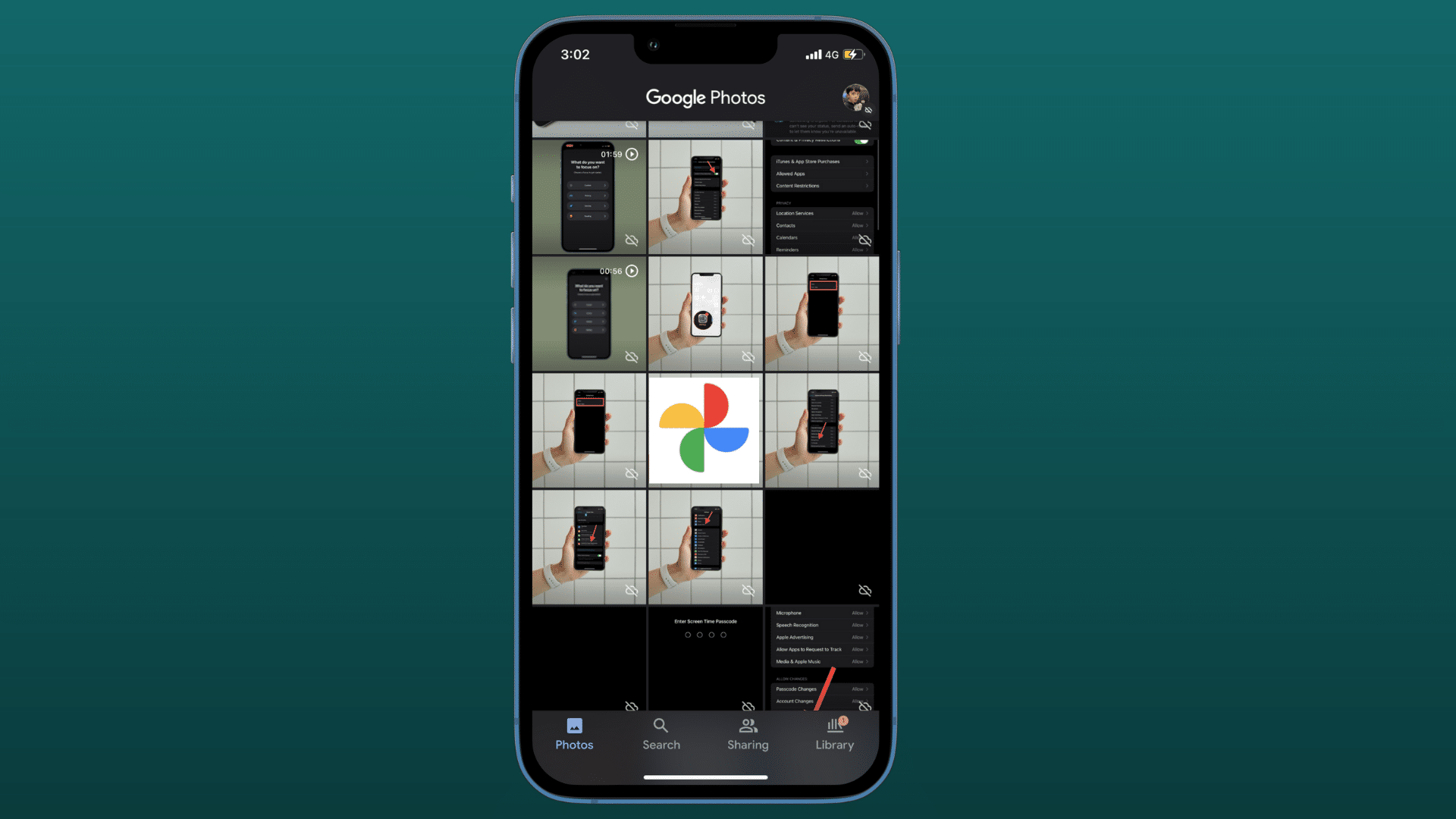

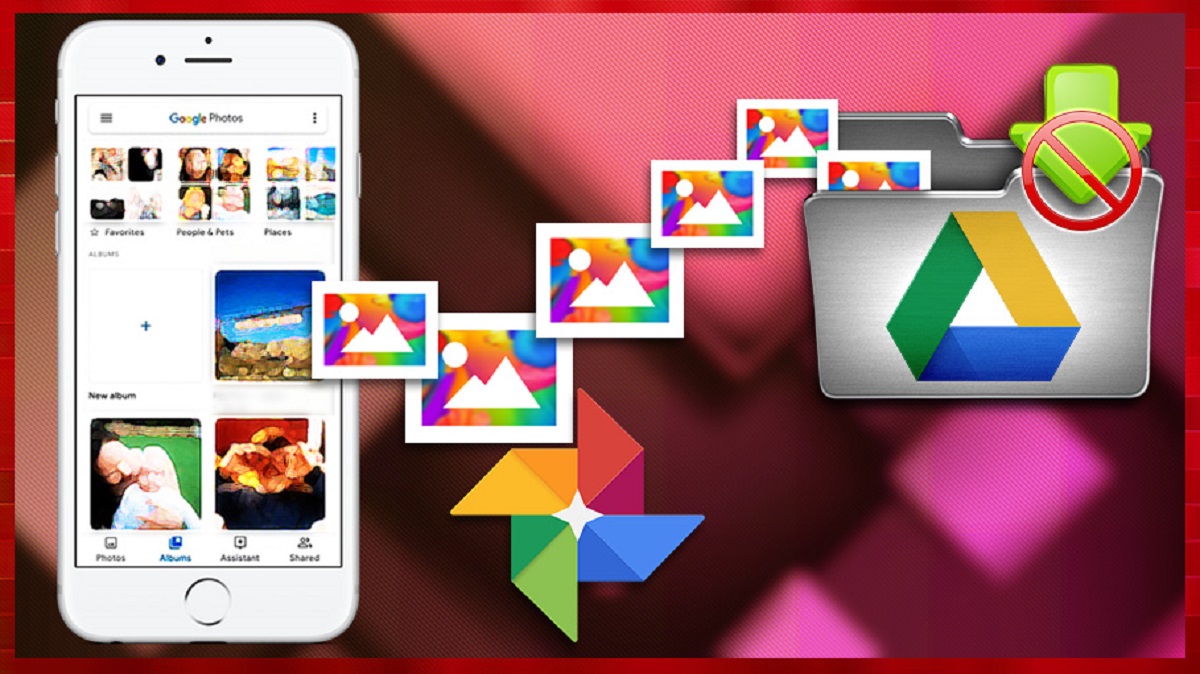
![How to Turn On Developer Mode on Chromebook [Step-by-step Guide]](https://robots.net/wp-content/uploads/2020/09/chrome-os-developer-mode-1-300x200.jpg)
